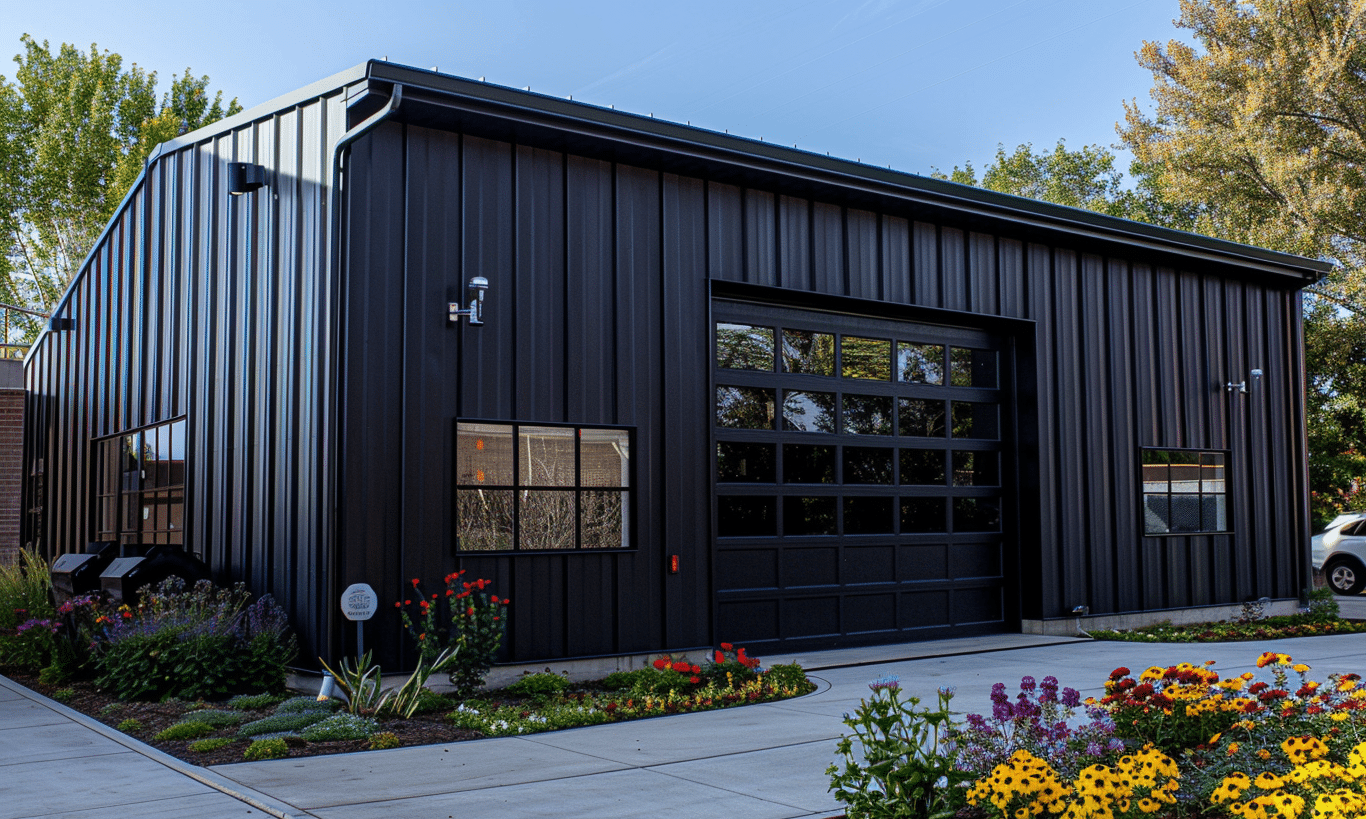In recent years, a big debate has emerged over the best method for those looking to expand their driveway real estate: garage kits versus traditional garages. Both options present unique advantages and disadvantages, so it’s no wonder that property owners are often caught in a conundrum over which path to follow. Are you lurking on the web hoping for the best advice before embarking on your garage journey? You’re in luck! Keep reading as we dive into the particulars of these two titans, helping you determine which might be the better fit for your needs.
Understanding Garage Kits
Garage kits are popular for their flexibility, ease of assembly, and often lower cost. Generally, a Garage Kits guide will delineate the substantial benefits of these versatile structures. Essentially, they come as a pre-engineered solution, offering all the necessary materials and instructions to erect a fully functional garage on your property. But is this pre-packed convenience really as foolproof as it seems?
The Benefits of Garage Kits
The rise in popularity of garage kits can be attributed to several appealing factors. First and foremost, they are relatively inexpensive compared to constructing a traditional garage. A 24×30 garage package, for instance, might offer cost savings due to reduced labor and material expenses.
Moreover, garage kits cater to the DIY crowd. Many homeowners take pride in building their own structures, and with a garage kit, the detailed step-by-step instructions can make this process an achievable goal. Not to mention, the speed with which garage kits can be put up is another benefit; where a traditional garage might take weeks or months, a garage kit could be erected within a few days or even hours for smaller models.
Customization and Versatility
When it comes to customization, garage kits offer an impressive degree of flexibility. They are available in a variety of styles and colors, and often include different options for doors, windows, and roofs. Whether you’re planning to store a cherished vintage car or need space for your weekend woodworking hobby, a steel garage kit can be modified to suit your unique needs.
Delving into Traditional Garages
On the flip side of the debate lies the traditional garage, a longstanding staple in many neighborhoods. Favored for their permanence and aesthetic continuity with residential structures, traditional garages have long been the default choice for those seeking to protect their vehicles from the elements.
The Advantages of Traditional Construction
One of the primary reasons homeowners opt for traditional garage construction is the potential for a seamless integration with their existing home. Built from materials that match the main residence, traditional garages can elevate the overall curb appeal and increase the property’s resale value—something that can be a real boon when portraying that perfect first impression to potential buyers.
Additionally, traditional garages often allow for greater longevity than some of their prefabricated counterparts. Constructed through skilled labor with attention to fine detail, these structures can withstand wear and tear over decades with proper maintenance.

Which is Easier on the Wallet?
Budget is, without a doubt, a decisive factor for most when contemplating a new garage. While garage kits undoubtedly offer upfront savings, does this translate to lower long-term costs compared to traditional garages?
Traditional garages often come with additional expenses that can stack up faster than a house of cards. Labor costs, unexpected delays, and permits can all impact your wallet more heavily than anticipated, whereas garage kits tend to offer more financial predictability.
The Potential Downsides
No option is without its drawbacks. Despite their affordability and modular appeal, garage kits may not provide the custom sturdiness and insulation that a traditional garage offers. The specific materials relevant to your location’s climate involve critical scrutiny, with differing needs for, say, a steel garage in snowy conditions versus a wood-panelled one.
Putting It All Together
In the end, choosing between garage kits and traditional garages can feel like choosing between apples and oranges; each has its charm, but the decision ultimately rests on personal priorities, budget, and individual circumstances. Perhaps you’re handy and budget-conscious, finding a self-assembly 24×30 garage package an exciting weekend project. Or maybe you relish the idea of a beautifully constructed traditional garage, painstakingly outfitted to match your property.
Conclusion
So, which is better in the face-off of garage kits vs. traditional garages? There’s no black-and-white answer, but an artful blend of introspection and practical assessment will lead you to the best decision for your needs. Whether opting for the DIY allure of a kit or the tailor-made perfection of built construction, weigh the pros and cons carefully.
Ready to make a choice but not sure where to begin? Consult with trusted experts or explore options from Ontario garage builders who can offer professional opinions based on your specific site conditions and expectations. Enlist the help of fact-rich resources like The Family Handyman and get one step closer to making your garage dreams a reality.









